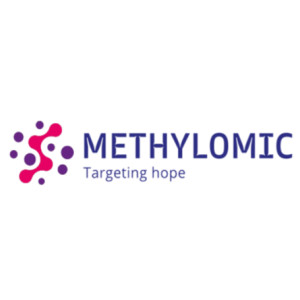 \
&
Contact us
\
&
Contact us
 \
&
Contact us
\
&
Contact us
Partnership website: https://www.ccam.eu/
The partnership aims to accelerate the implementation of innovative, connected, cooperative and automated mobility (CCAM) through the following three goals:
By 2030, the partnership aims to have demonstrated inclusive, user-oriented and well-integrated mobility concepts with increased safety and a reduced carbon footprint. I
The CCAM Partnership's activities are structured around 7 clusters, organising the R&I actions by aligning deployment readiness with road users and operators, policy-makers, and industry:
As a co-programmed partnership, the CCAM call topics are integrated in the regular Horizon Europe cluster 5 work programme. These topics contribute to achieving the objectives of this co-programmed partnership.
Partnerships group the EC and private and/or public partners, to coordinate and streamline the research & innovation initiatives and funding in some selected key domains.

pascal.verheye@vlaio.be

The METHYLOMIC project, ‘targeting hope for personalised medicine in immune-mediated inflammatory diseases’ obtained funding from Horizon Europe’s Health Cluster. The project aims to personalise treatment allocation and enhance the effectiveness of medications for chronic immune-mediated diseases such as Crohn’s disease, rheumatoid arthritis, and psoriasis. BIRD, the Belgian inflammatory bowel disease research and development group, is a partner in the project and is involved in the OmiCrohn trial, a prospective randomised clinical trial for individualised therapy in Crohn’s disease patients. With BIRD’s active role in this trial, the project is set to deliver predictive, biomarker-based therapies that bring renewed hope for Crohn’s disease patients across Europe.